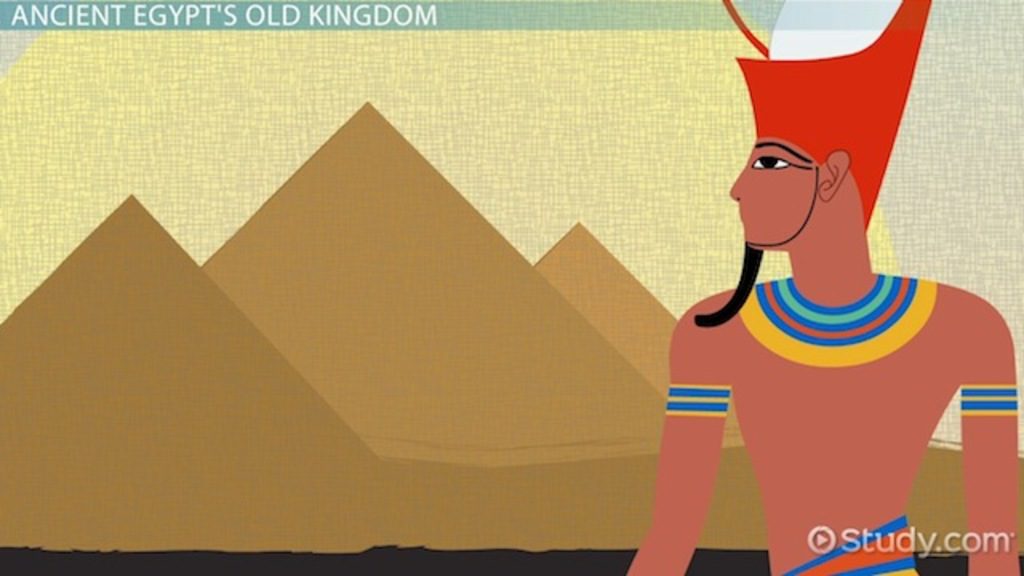Egypt’s Old Kingdom (2686 BCE – 1550 BCE) and New Kingdom (1550 BCE – 1077 BCE) were two prosperous dynasties in Ancient Egyptian history. The Old Kingdom was characterized by centralized political structures where the pharaoh held all power, while the New Kingdom saw a more decentralized model with various magnates competing for power. The Old Kingdom’s art and architecture revolved around the construction of enormous pyramids, while the New Kingdom was marked by the flourishing of the arts and the creation of notable works such as the Temple of Luxor and the Mortuary Temple of Hatshepsut. Religious practices during the Old Kingdom revolved around the god Ra and the afterlife, while the New Kingdom saw an expansion in religious practices, including the worship of gods and goddesses. Despite their differences, both dynasties achieved remarkable feats in different fields.
Egypt’s Old Kingdom vs. New Kingdom: A Comparison of Two Prosperous Dynasties
Introduction
Egypt is renowned for its millennia-old civilization, which was characterized by numerous prosperous and powerful dynasties. Two of the most well-known of these dynasties are the Old Kingdom and the New Kingdom, which spanned between 2686 BCE and 1550 BCE, and 1550 BCE to 1077 BCE respectively. Despite both dynasties prospering, there were significant differences between them, including their political structures, art, architecture, and religious practices. This article will delve into these differences using HTML headings.
Political Structures
Egypt’s Old Kingdom was characterized by centralized political structures, in which the pharaoh held all power and was revered as a god-like figure. The pharaoh ruled over the country’s provinces, which were managed by governors, or nomarchs. The kingdom was divided into provinces, and each province was required to pay taxes to the pharaoh.
By contrast, the New Kingdom saw a more decentralized model, with Egypt being divided into smaller regions controlled by various magnates who competed for power. Unlike during the Old Kingdom, when the pharaoh had all power, the New Kingdom saw more influential and powerful nobles. Under this system, the pharaoh became more of a symbolic figurehead, with the real power resting with these magnates.
Art and Architecture
The Old Kingdom’s art and architecture revolved around the construction of enormous pyramids, characterized by immense craftsmanship and architecture skill. The architects of the pyramids were considered high priests and were vital members of the court. The pyramids were designed to protect the pharaoh’s body and accompany them to the afterlife. The drawings and reliefs inside the pyramid also believed to have magical properties.
The New Kingdom was marked by the flourishing of the arts and architecture, with notable works that included the Temple of Luxor, the Mortuary Temple of Hatshepsut, and the sun temple of Amenhotep III (also known as the Colossi of Memnon). The New Kingdom was known for its scale, magnificence, and ability to preserve. The period was characterized by the production of beautifully crafted statues, such as the bust of Queen Nefertiti and the Sphinx of Hatshepsut.
Religious Practices
In the Old Kingdom, religious practices revolved around the god Ra and especially the afterlife. The pharaoh himself was deemed divine, and they were believed to be traveling to the afterlife after their death in the pyramid. The preparation of tombs and the pyramids was a central part of religious practice during this period.
The New Kingdom saw an expansion in religious practices, with more attention given to the worship of gods and goddesses, and a greater emphasis was placed on the temples’ importance. The temples were also used as a meeting place for people to discuss religious issues and manage administrative responsibilities related to the temples.
Conclusion
Egypt’s Old Kingdom and New Kingdom spanned numerous years characterized by substantial disparities in their political structures, art, architecture, and religious practices. Despite their differences, both dynasties achieved remarkable feats in the fields discussed above, leaving us with some of the most impressive historical locations and artifacts that have ever been produced. Whether studying ancient history or interested in learning more about Egypt’s bygone eras, Egypt’s Old Kingdom and New Kingdom have a lot to offer.
